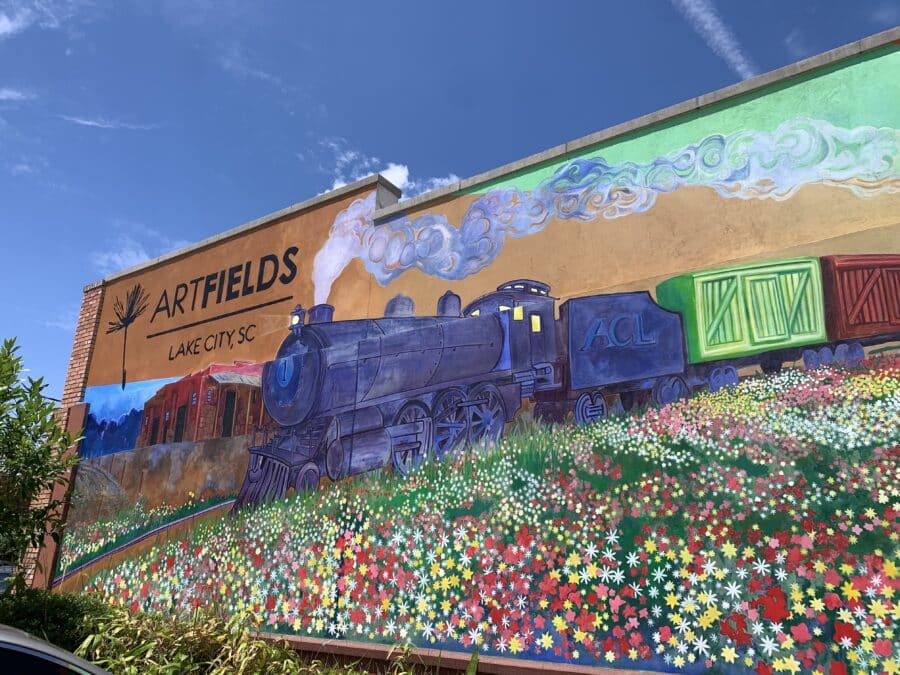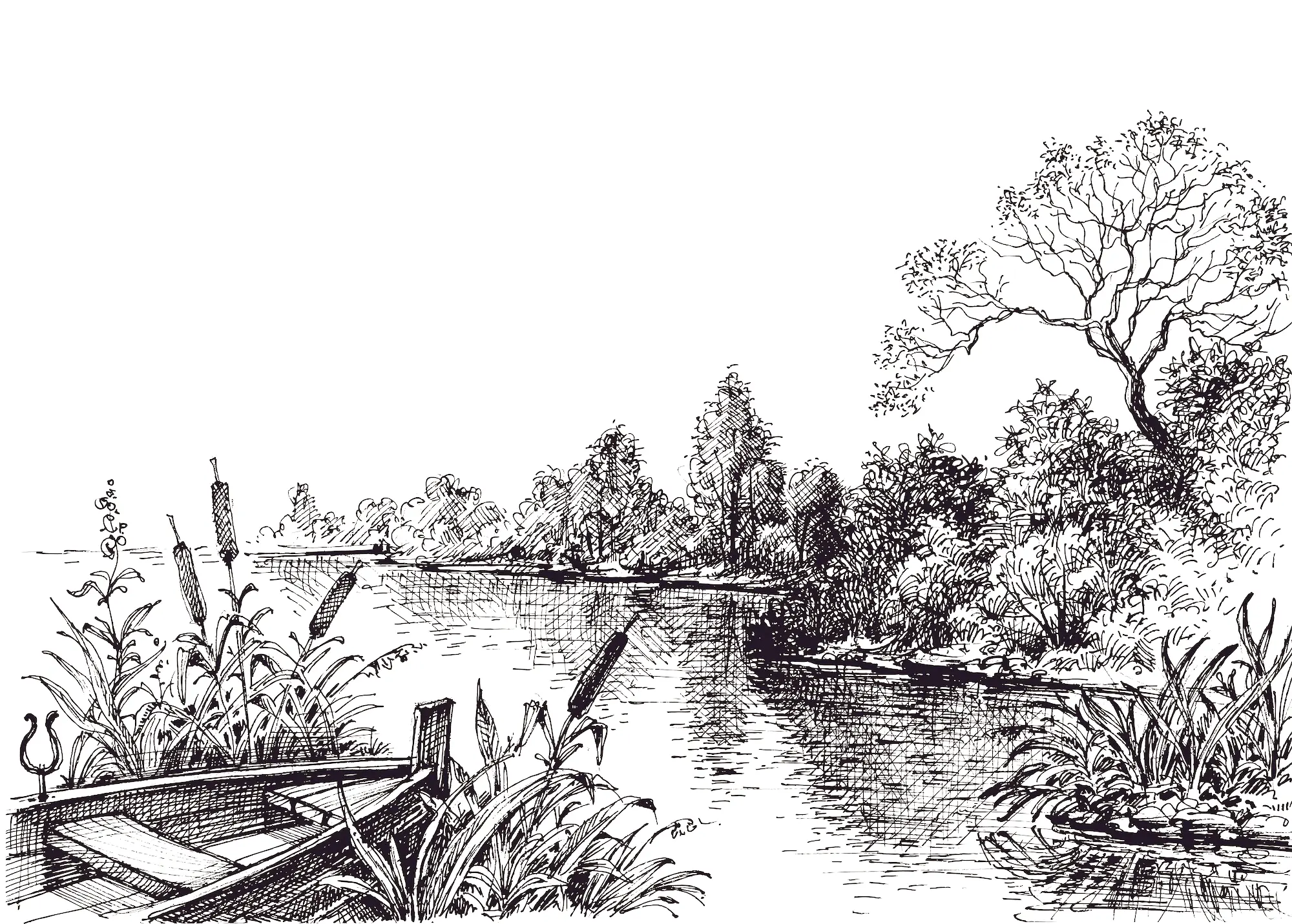When it comes to defining “rural,” the vast majority of political operatives, mainstream media outlets, cable news talking heads and pundits base their perceptions on sentiment and nostalgia rather than data. If rather than trotting out stereotypes they dug into the data they would get a more complete picture of the people and places of rural and small town America.
Rural America Isn’t What You Think
From “Flyover Country” to “The Heartland,” public perceptions of rural America are based on political rhetoric rather than data
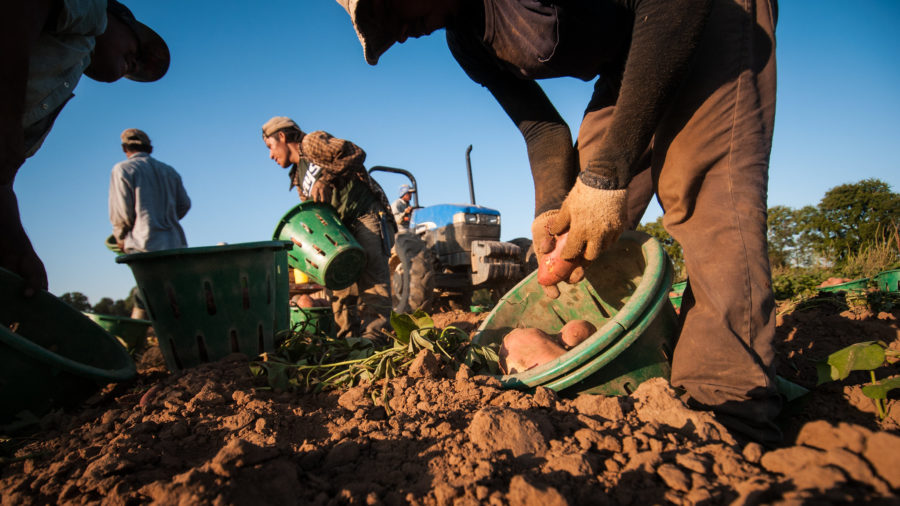

Political rhetoric is full of phrases meant as shorthand for rural areas: Flyover Country, the Heartland, Trump Country, the Midwest, the Farm Belt, the white working class, Red States, etc. In general, these terms are grounded in a romantic notion of supposedly lightly-populated traditional agricultural regions located somewhere between Appalachia and the Rockies.
Unfortunately, not only are these perceptions of “rural America” false, they fuel misleading political narratives that interpret “rural” as “white,” and identify rural interests with the needs of Big Ag. Examining definitions of rurality based on actual data would clear up these false perceptions.
We can start by rethinking which states are the most rural, and how that correlates to politics. For example, the U. S. Census Bureau defines “rural” simply as everywhere “not classified as urban.” So what is urban? According to 2010 census standards, urban areas contain a core of densely settled census tracts with at least 2,500 people living in and around that core. In 2018, according to the Census Bureau, 81% of people lived in these urban areas, while “about 63 million people, or 19% of the population, lived in rural areas.” For the 2020 Census, the standard was changed. To qualify to be an urban area, a densely settled census tract must include at least 2,000 housing units or a population of at least 5,000.
The following table documents each state’s “rurality” based on both percentage of rural residents and number of rural residents using the Census definition:
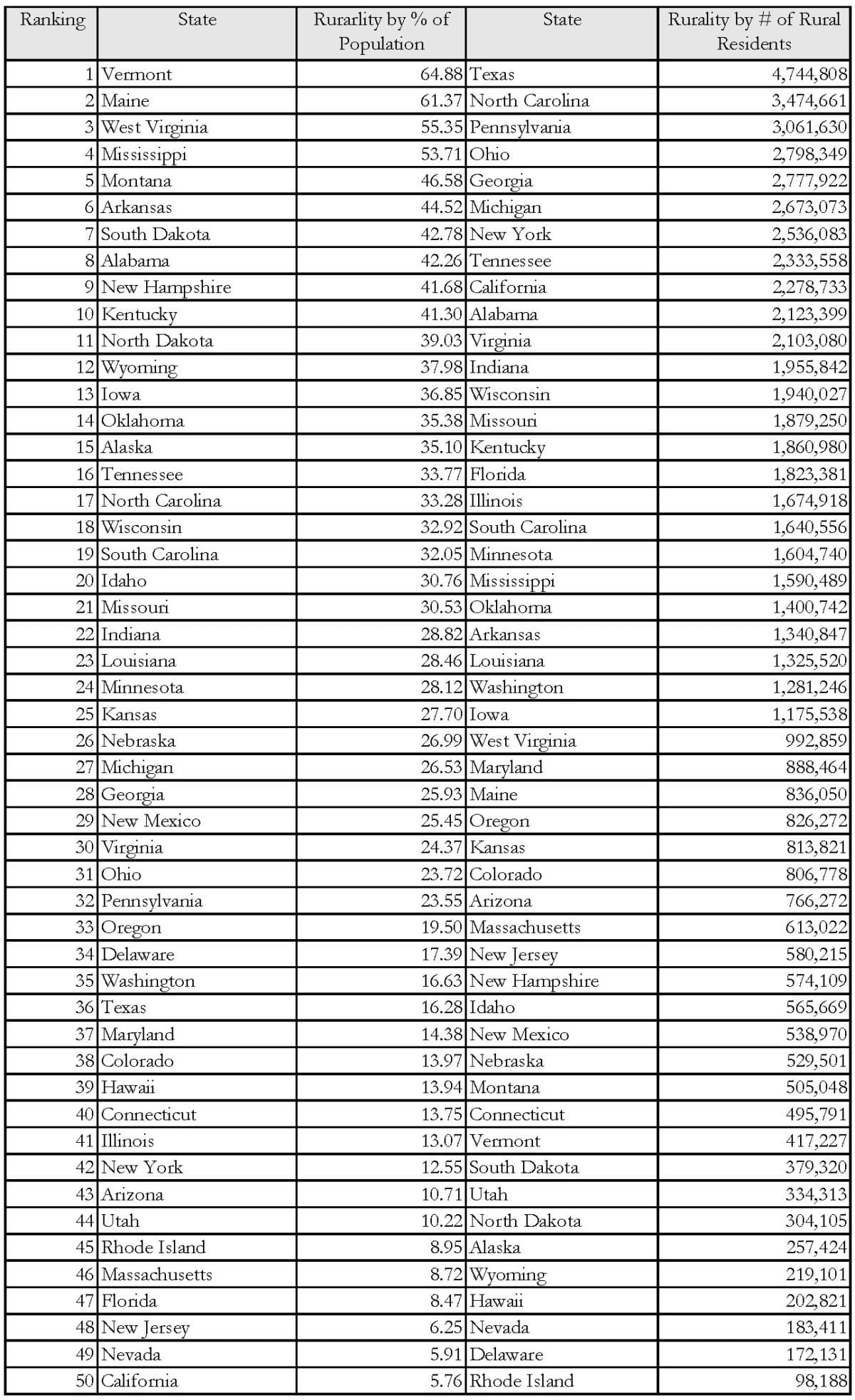
Contrary to mainstream notions of rural political perceptions, the Census data tells us:
- The “most rural” state by percentage of population is Vermont. It is among the most Democratic-aligned states in the country, and Sen. Bernie Sanders is considered among the most progressive politicians in the nation. Deep-blue Vermont did just re-elect Republican Gov. Phil Scott, but he is a consistent critic of Donald Trump who voted for President Biden.
- Maine, the “second most rural” state, is politically purple, though President Biden carried the state with 53% of the vote in 2020. Maine is represented in Congress by two Democrats, one Republican Senator, and one Independent Senator who caucuses with the Democrats.
- California is the “least rural” state by percentage. It is also the leading agricultural state, accounting for 11.8% of total national agricultural production. Iowa, a core rural state in terms of public perception, is the second leading agricultural state (8%). And though Iowa has a higher percentage of rural population than California, California has 1,102,811 more rural residents than Iowa.
- Six states (Texas, Pennsylvania, Ohio, Michigan, Georgia, and New York) are all in the bottom half of states ranked by percentage of rural residents while also being in the top 10 of number of rural residents. This group includes many of the key 2022 midterm “battleground states.”
These data points help to break through the common public perception that “all rural areas are red”—even the most rural states are politically contested, and plenty of rural people live in blue states. And we also see that agricultural states aren’t always the most rural.
The White House Office of Management and Budget (OMB) has another definition of “rural,” which is important because it impacts the distribution of the federal budget. OMB categorizes counties as either “metropolitan,” “micropolitan,” or “outside metropolitan and micropolitan statistical areas.” In this system, counties close to an urbanized area containing 50,000 or more people are considered metropolitan statistical areas (MSA), as well as counties in which 25% of the population commutes to an MSA for work purposes. Micropolitan statistical areas are defined as those with an urban area with a population of greater than 10,000 but less than 50,000.
Federal policymakers and researchers regularly refer to metropolitan statistical areas as “urban” while micropolitan and non-core areas are defined as “rural.” According to the OMB definition, there are currently 1,236 metropolitan counties, 663 micropolitan and 1,334 “outside metropolitan and micropolitan statistical areas” counties in the nation. These county classifications will be redefined over the next year as more 2020 Census analysis is released.
The Daily Yonder, a leading rural news and information website, uses the OMB definition for rural in order to track county-level demographic trends, public health trends (including COVID-19 infection rates), economic trends and election results. Their reporting regularly defines all 1,997 “micropolitan” and “outside metropolitan and micropolitan statistical areas”counties as rural. (Full disclosure, I write regularly for the Daily Yonder.)
A recent Daily Yonder analysis of Census data documents county-level changes in rural population between 2010 and 2020. The map shows counties with population growth (in shades of blue) in the West, some areas in the Great Lakes states, Southern New England and areas of the Tennessee Valley Authority. Rural counties with population losses in the past decade (in shades of orange) tend to be clustered in the Great Plains, Ozarks, Mississippi River Delta, Appalachia, the Southeast and Northern New England.
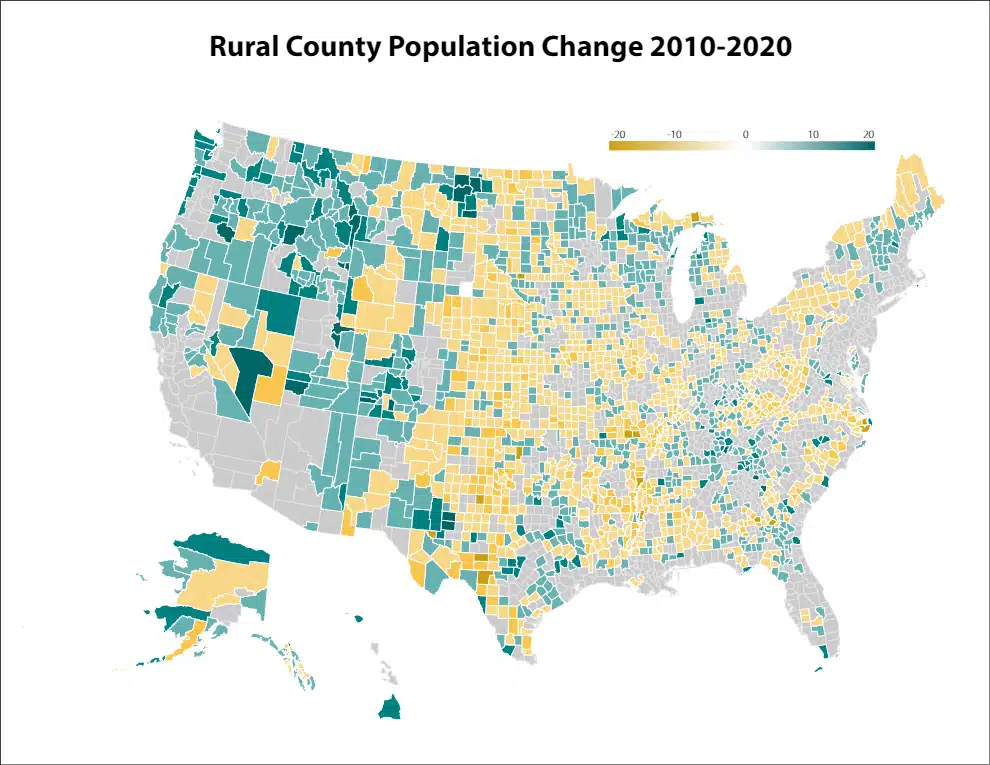
The analysis contains a series of maps that visually rebuke the conventional wisdom that rural America is a monolith for whiteness. The increase in rural population in many counties is thanks, at least partially, to the growing Hispanic population: “Ninety percent of all rural counties would have lost population if not for Hispanic growth. That’s true for 100% of rural counties in Southern Appalachia that gained overall population.”
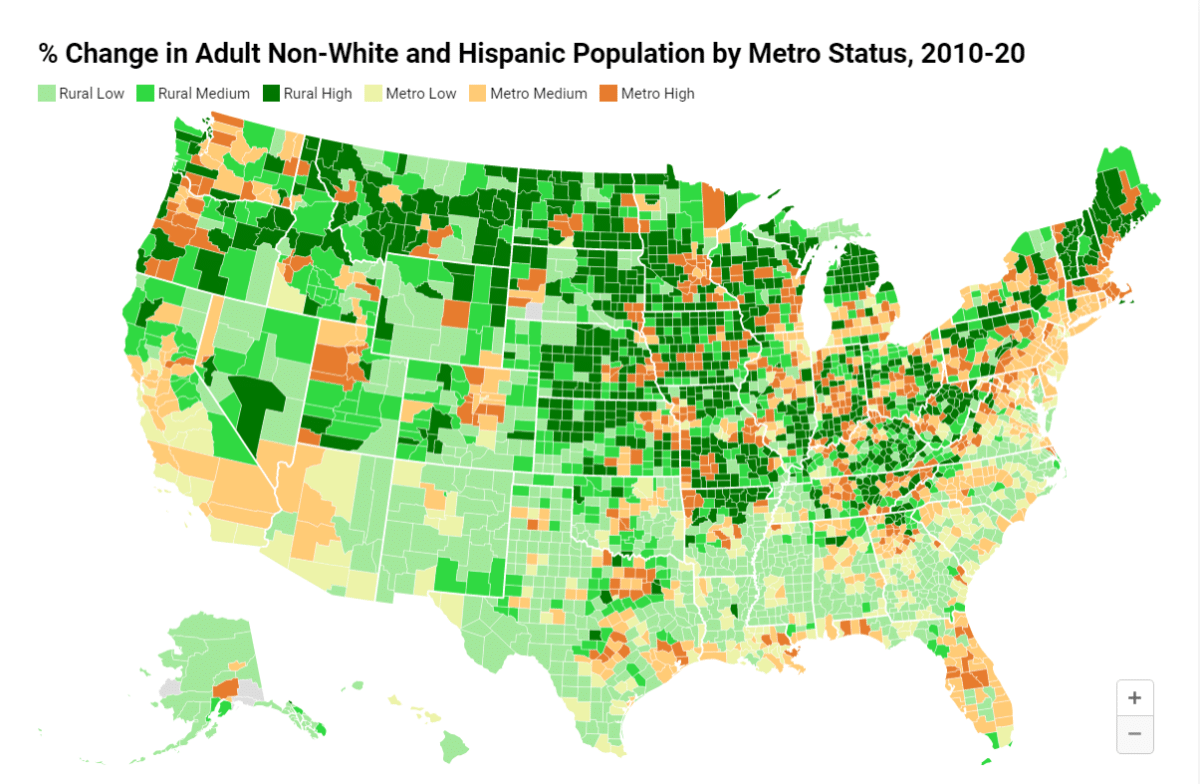
The OMB county-based definition is also used by the U. S. Department of Agriculture’s Economic Research Service (ERS) to categorize counties by “economic type.” These statistics show where rural economies rank in terms of dependencies on certain industries.
Political leaders and pundits could learn a great deal about rural economies by looking at this data. Agriculture is the key economic engine of many rural counties, but it is certainly not dominant across the map. Case in point: In rural Wisconsin, counties whose economies depend on recreation, manufacturing and government sectors, as well as nonspecialized counties, far outnumber farming-based counties. This is not to say that agriculture isn’t an important part of the rural Wisconsin economy—it is clearly a major economic driver—but it’s not the dominant one.
Another ERS report further confirms these rural employment trends. In their November 2022 released “Rural America at a Glance: 2022 Edition,” the USDA research agency reported, “From an employment perspective, the rural economy in 2019 was dominated by four industries: government (3.7 million jobs), manufacturing (2.6 million), retail (2.5 million), and health care and social assistance (2.4 million).” Agriculture is the sixth largest industry, and it’s worth pointing out that government jobs are by far the leading employment source in rural places.
“Rural America at a Glance” also provides rural employment data trends by race and ethnicity. The rural workforce is becoming more diverse. According to ERS, between 2012 and 2019 employment growth rates were higher for all other races and/or Hispanic workers together as a group than for White workers in rural. “The all other races and/or Hispanic workforce grew 56.9 percent in the transportation industry, 49.2 percent in professional services, and over 30 percent in each industry of construction, finance and insurance, real estate, and administrative services.”
Data-driven political analysis like this could help to dismantle the current stranglehold on rural issues and politics by a small number of politically conservative agriculture organizations such as the Farm Bureau and commodity groups like the National Cattlemen’s Beef Association and National Corn Growers Association. These groups spend tens of millions of dollars per year in D.C. lobbying against clean water and air standards, investments in cleaner energy, expansion of public-sector health care, tax reforms to make corporations and the rich pay their fair share, and a variety of other progressive policies that would benefit the vast majority of rural residents. Local chapters of these politically powerful organizations also tend to endorse Republican candidates for public office, though they do occasionally endorse corporate-friendly Democrats.
Both parties commonly campaign on the assumption that appealing to rural voters means centering agriculture. For example, in one of President Biden’s first attempts to demonstrate White House action to reduce fuel prices, Biden traveled to an ethanol plant in Menlo, Iowa, to speak in front of large piles of corn and agricultural equipment while announcing a pro-ethanol policy.
This strategy was informed by Secretary of Agriculture Tom Vilsack, who was a dairy industry lobbyist before returning as Democratic Secretary of Agriculture under Biden, and has falsely promoted “biofuels” such as ethanol as environmentally friendly. One recent study, funded in part by the Department of Energy, found ethanol is worse for the climate than gasoline, and growing all that corn inflicts additional harm upon ecosystems. Democrats need to learn that appealing to rural voters requires more than giveaways to Big Ag.
In order to broaden the shape and scope of rural perceptions in politics, we must push policymakers and advocates to use a more inclusive framework for looking at rural and small town America. Issues that matter include rural infrastructure, nutrition and public health programs, telecommunications, housing, clean energy, economic diversification, corporate power, political corruption, and so much more.
Broadening the public perception of “what rural means” is an important step in the goal of re-imaging a rural politics of the possible. As the Barn Raiser covers Rural America, we will strive to cover the region as it actually is. We will stand up to Wall Street and the corporate interests threatening to crush Main Street economies; we will cover the workers fighting to make their mining and manufacturing jobs cleaner and safer, and the people-powered movements seeking to limit extractive, polluting industries altogether; we will highlight the racial and ethnic diversity that keeps rural communities thriving; and yes, we will cover agriculture, but we will lift up family farmers and the environment rather than propagandize for agribusiness monopolies. All this, and a litany of other issues left out of mainstream political discourse: a rural America you might not have seen in the news.
———
Additional Resources for Defining “Rural.”
- USDA’s Economic Research Service–What is Rural?
- Center on Rural Innovation–Defining rural America: The consequences of how we count.
- Rural Health Information Hub–What is Rural?
- Daily Yonder–What is Rural?
Bryce Oates writes The Cocklebur on Substack and is a Contributing Editor (Rural Community Organizing) at Barn Raiser. He writes about rural policy, people, places and politics. His work includes narrative nonfiction, opinion pieces and Q&A interviews. Bryce studies how the federal budget affects rural counties, farm and food policy, public lands and conservation issues, racial and gender equity in rural areas, climate change, economic inequality, rural demographic data and rural politics. A former farmer, rural economic developer and community organizer, he lives and works in Oregon’s Willamette Valley.
Have thoughts or reactions to this or any other piece that you’d like to share? Send us a note with the Letter to the Editor form.
Want to republish this story? Check out our guide.
More from Barn Raiser

Harvesting Destruction
